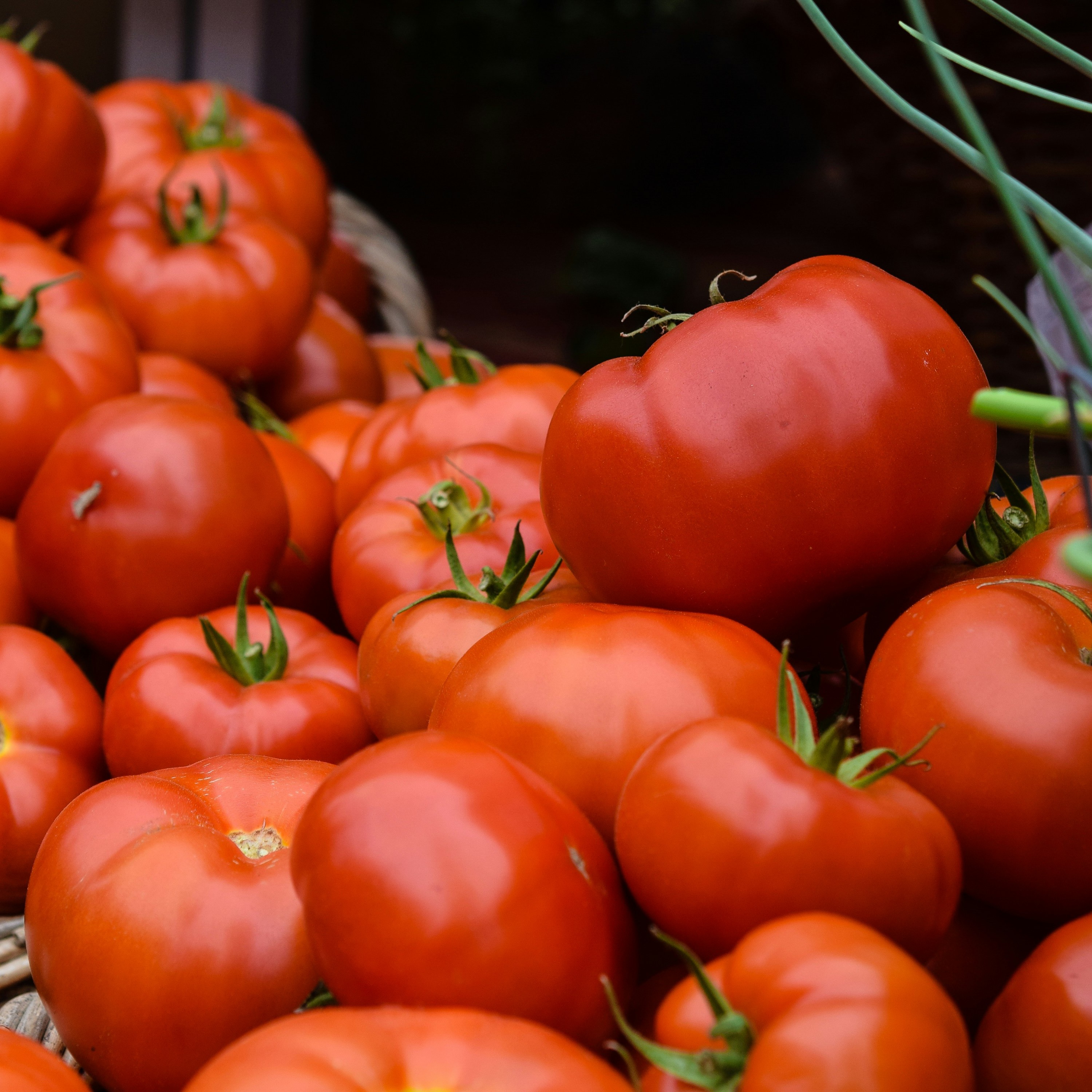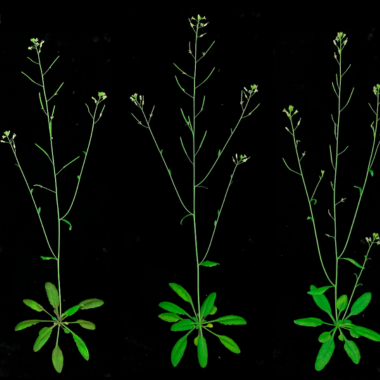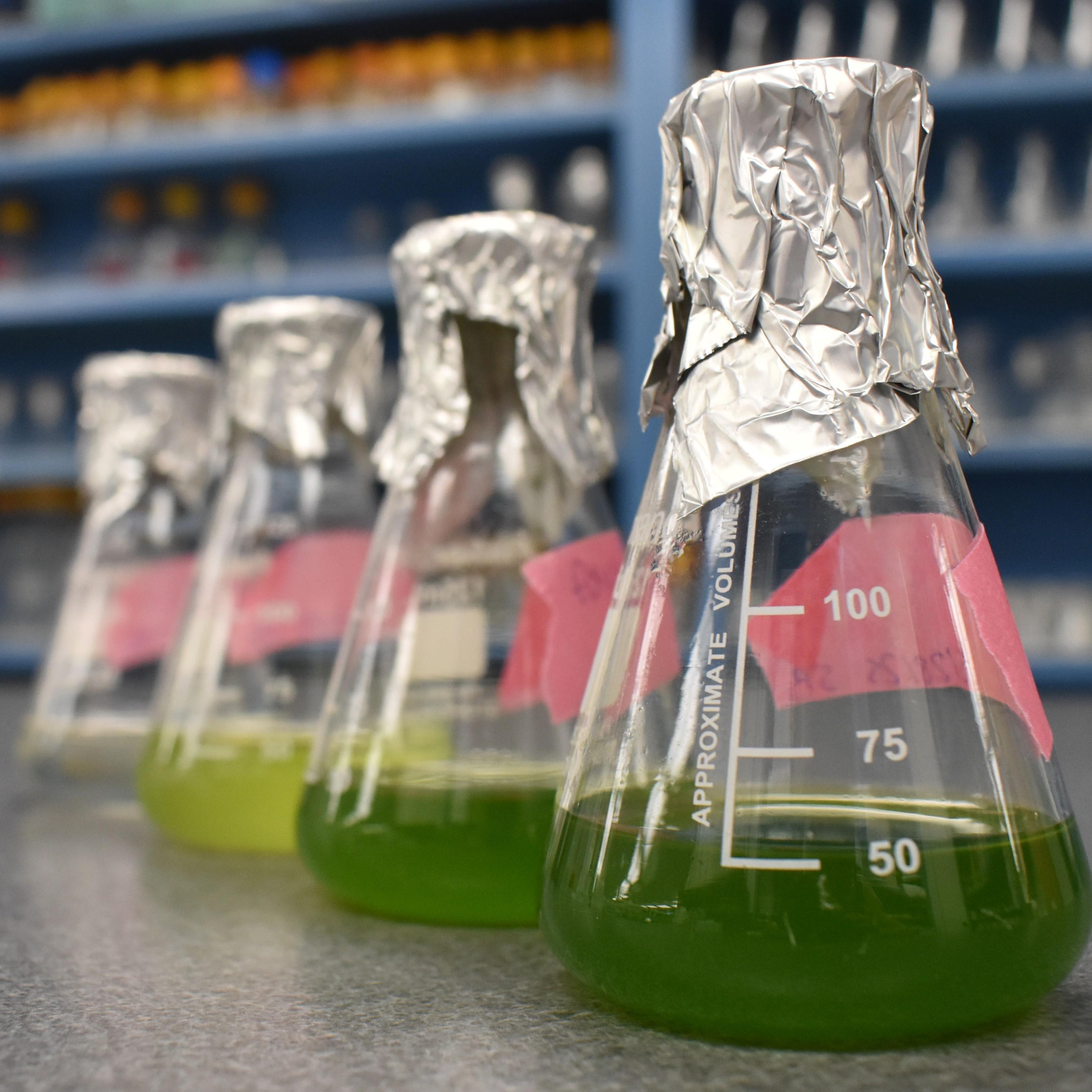MSU researchers connect over coral
Researchers often search the world to find answers to key scientific questions, but in this case, one scientist found the answers right outside his own office window. Robert Quinn, an assistant professor in the College of Natural Science at Michigan State University, has spent years studying the biochemistry of coral bleaching, a heat-induced response to stress where the coral ejects the algae in its tissues causing it to turn white. Bleaching is damaging to reefs and is expected to increase in the future due to climate change.
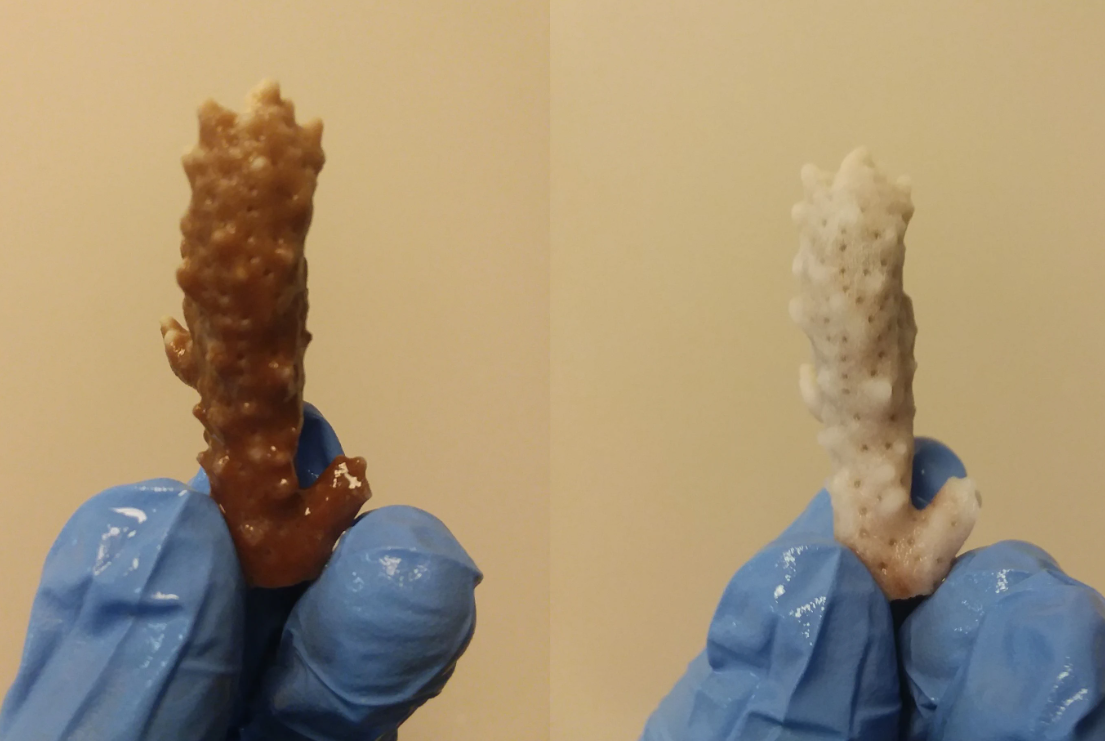
Throughout his research, Quinn discovered unique betaine lipids in coral that have turned out to be markers of resistance to coral bleaching. The problem was, very little was known about them.
“When I searched the scientific literature on betaine lipids, I came across several papers from almost 20 years ago and when I checked the author list, I found the name Christoph Benning, whose lab I can see from my office window,” said Quinn.
Serendipitously, Christoph Benning, an MSU Research Foundation Professor and University Distinguished Professor in the College of Natural Science, happened to have a hobby coral tank which prepared him for Quinn’s line of research just a short walk away.
“I study plants and Rob studies bacteria,” said Benning, who is also the director of the MSU-DOE Plant Research Laboratory. “Normally, we would never have worked together.”
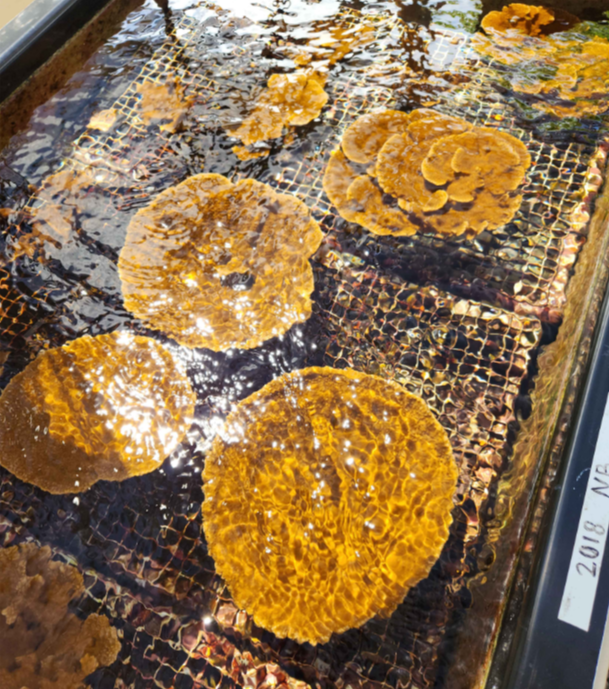
This scientific connection led to a unique collaboration between Quinn and Benning, who teamed up and received a $1.9 million grant from the National Science Foundation to study the role that betaine lipids from a mutually beneficial symbiotic relationship with algae play in coral bleaching.
Consider the following scenario: “Two corals side-by-side on a reef where one coral bleaches and the other doesn’t,” said Benning. “We want to understand the chemistry and microbiology behind this observation to learn how to help corals become more resistant to bleaching.”
This project is very timely because coral bleaching has been linked to past El Nino events such as the strongest El Nino on record in 2015. During an El Nino event, there is an abnormal warming of ocean temperatures in the Pacific which causes stress on tropical reef coral.
“The National Oceanic and Atmospheric Administration is predicting a strong El Nino developing this year, which will probably cause coral bleaching next summer,” said Quinn.
Corals are a true symbiont. They have marine algae that live inside their cells providing them food from photosynthesis. It is the algae that produce these unique betaine lipids. The research team plans to further study these lipids under the stress of warmer ocean temperatures, such as those caused by El Nino events using corals on live on reefs in Hawaii and the algal symbionts in labs at MSU.
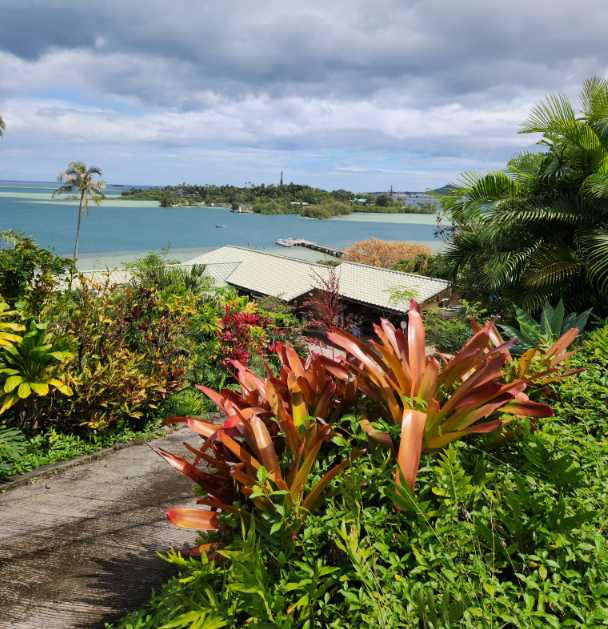
Quinn and Benning are working with marine biologists Ty M Roach and Crawford Drury at the Hawaii Institute of Marine Biology in Kaneohe Bay who have been successful at breeding corals based on their temperature tolerance. The institute is an ideal site to study corals because it’s situated right on the reef itself.
“Only a few groups in the world have been successful at breeding corals like this,” said Quinn. “They capture the sperm and egg produced during the full moon every spring right on the reef and put them together to make embryos, rear the corals and then put them back on the reef.”
Ultimately, the researchers want to figure out how the algae synthesize these unique betaine lipids and define the mechanisms by which they help corals resist bleaching.
“Corals are inherently cool and vital to the health of the ocean ecosystem,” said Quinn. “We need to understand what is happening in order to be able to protect them from future climate change.”
By Emilie Lorditch. Read the original story on MSUToday.

